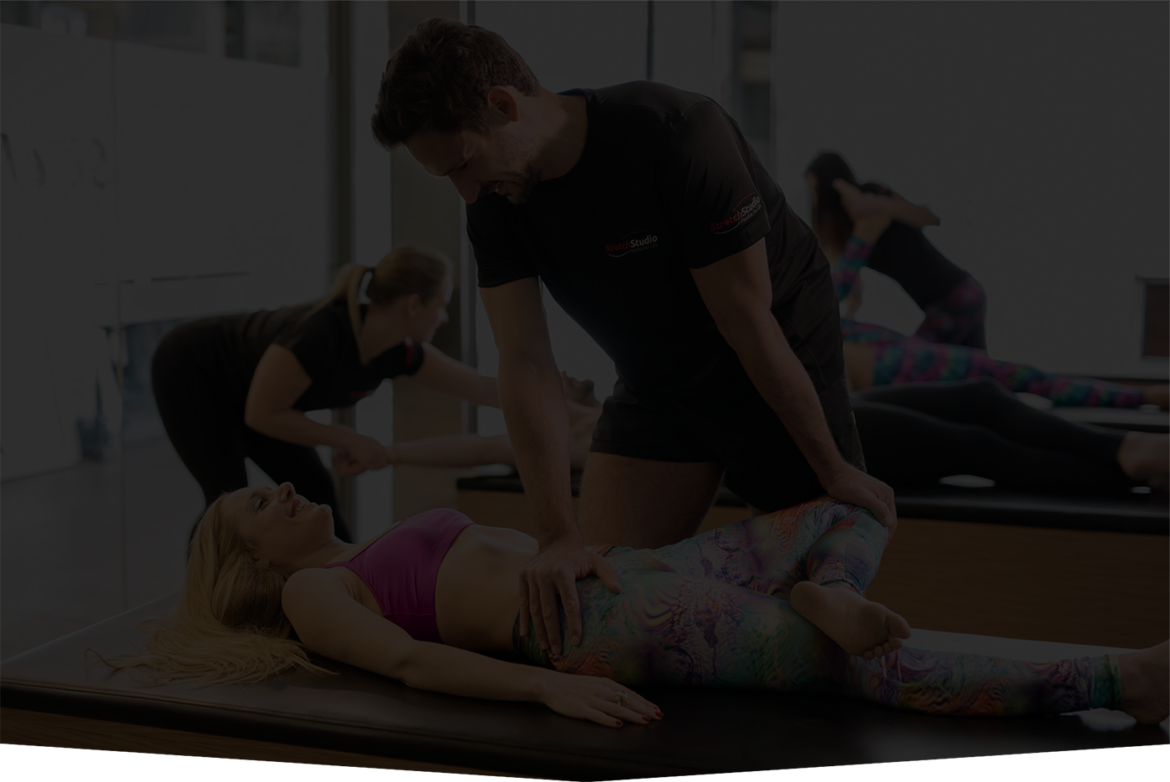Understanding The Differences Between Assisted Stretching Vs. Active Stretching
Stretching is a vital component of fitness and rehabilitation, helping to improve flexibility, reduce muscle tension, and improve overall physical performance. Two common types of stretching are assisted stretching and active stretching. Each has its own techniques and benefits. Understanding the differences between these methods can help you choose the right stretch downtown Dubai approach for your fitness goals.
Assisted stretching:
Assisted stretching involves a trained professional, such as a personal trainer or a physical therapist, who helps you achieve deeper or more effective stretches. This type of stretching is typically performed in a one-on-one setting where the practitioner actively supports, guides, or improves the stretching process.
Techniques:
- Manual stretching: The practitioner uses their hands to apply pressure and guide your body into a stretch, adjusting the intensity based on your feedback.
- Proprioceptive neuromuscular facilitation (PNF): This advanced method combines stretching and contracting of the muscles to increase flexibility. The professional helps by applying resistance and guiding the stretching process.
Benefits:
- Deeper stretching: Assisted stretching allows for a greater range of motion and deeper stretches than you might achieve on your own.
- Personalized adjustment: A professional can tailor the stretch to your specific needs, ensuring that it is performed correctly and safely.
Active stretching:
Active stretching, also known as dynamic stretching, involves actively engaging and contracting the muscles to stretch the opposing muscle group. Unlike assisted stretching, active stretching is done independently without external assistance.
Techniques:
- Dynamic stretches: These involve moving parts of your body through their full range of motion, such as leg swings or arm circles. These movements warm up the muscles and prepare them for physical activity.
- Active-isolated stretching (AIS): In this technique, you hold a stretch for a few seconds using your own muscle strength, and then relax before repeating the stretch. It focuses on increasing flexibility through short, controlled contractions.
Benefits:
- Increased blood flow: Active stretching raises your heart rate and increases blood flow to the muscles, making it an effective warm-up before exercise.
- Improved range of motion: By actively engaging muscles, you improve flexibility and range of motion, which can improve performance in sports and daily activities.
